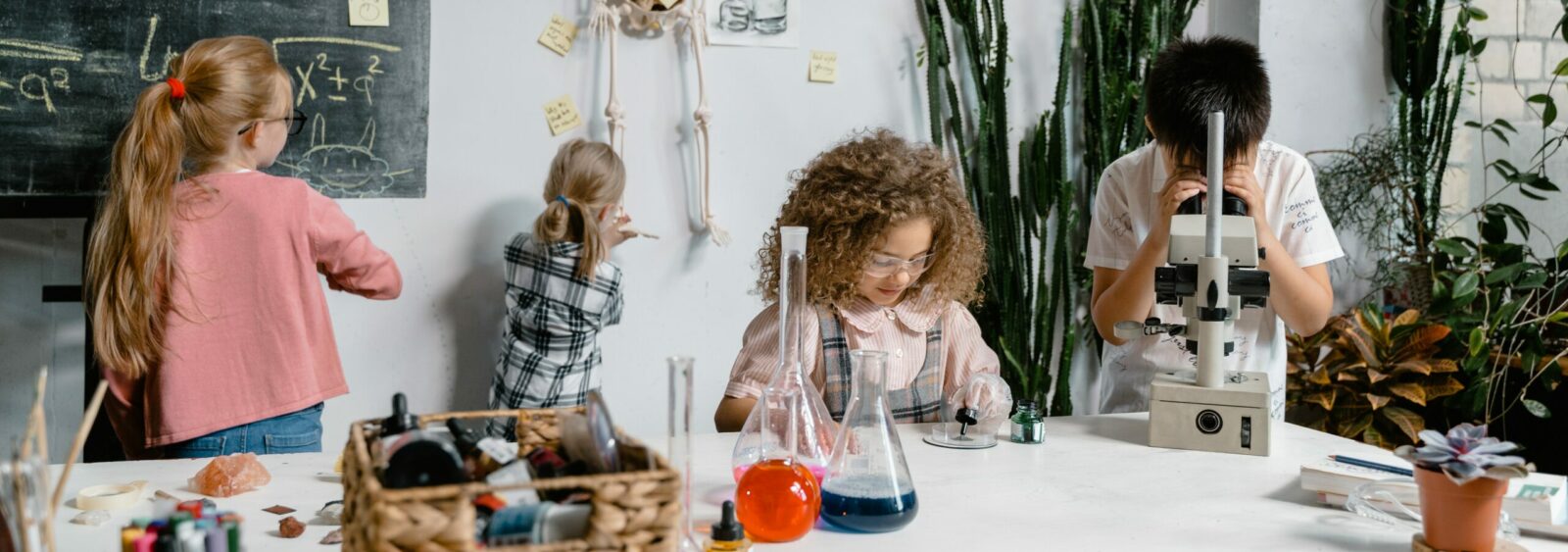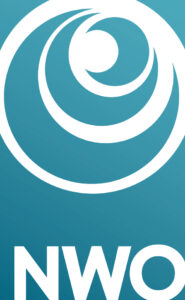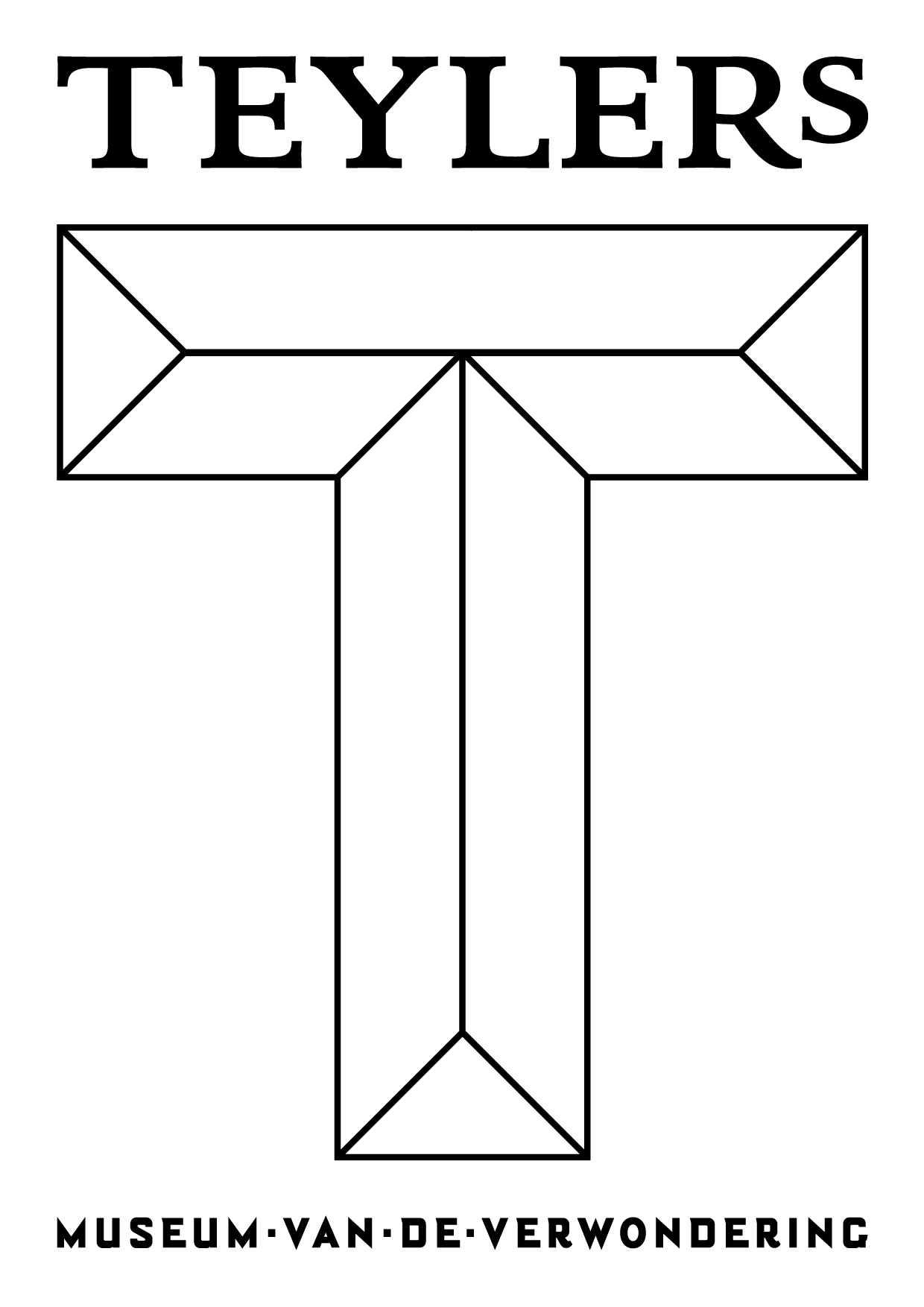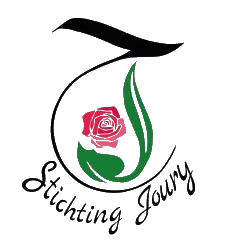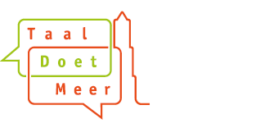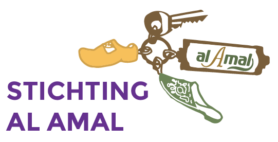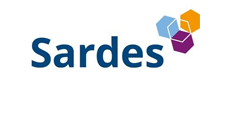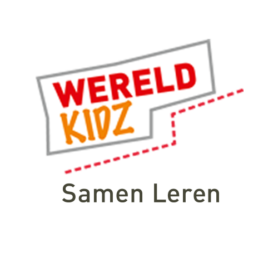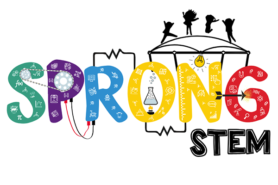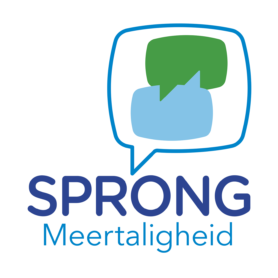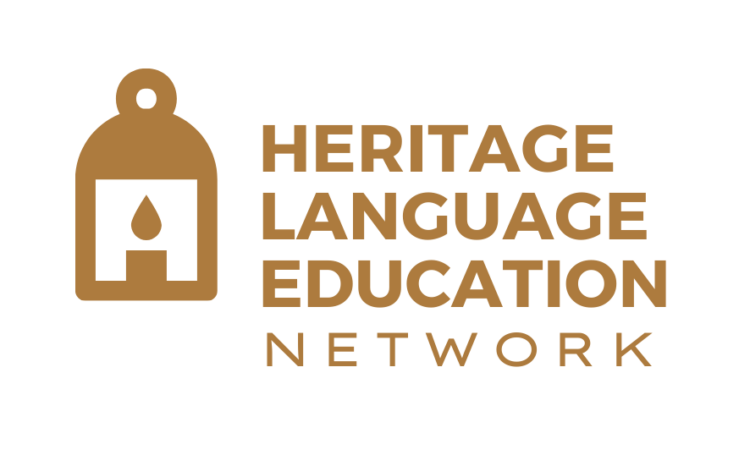The power of language portraits: Get to better know your students
‘I painted my tummy red because I love Polish food. My heart is red and blue, because I often mix Polish and Dutch with my mom. There are some specks of green all over my body, because I learn English at school and I love dancing to Taylor Swift’s songs’. Ariana, 10.
A language portrait is a visual representation of the languages a person knows. Children receive a silhouette template (see example), they choose a colored pencil for each language, and they draw ‘their languages’. They can focus on the languages they speak, but they can also include languages they understand, or have some affinity with – maybe they want to learn a new language, or have neighbors who speak a certain language. Children can also think about how they use different languages: always separately (Dutch at school, Polish at home) or sometimes mixed (Polish and Dutch at home when talking about homework).
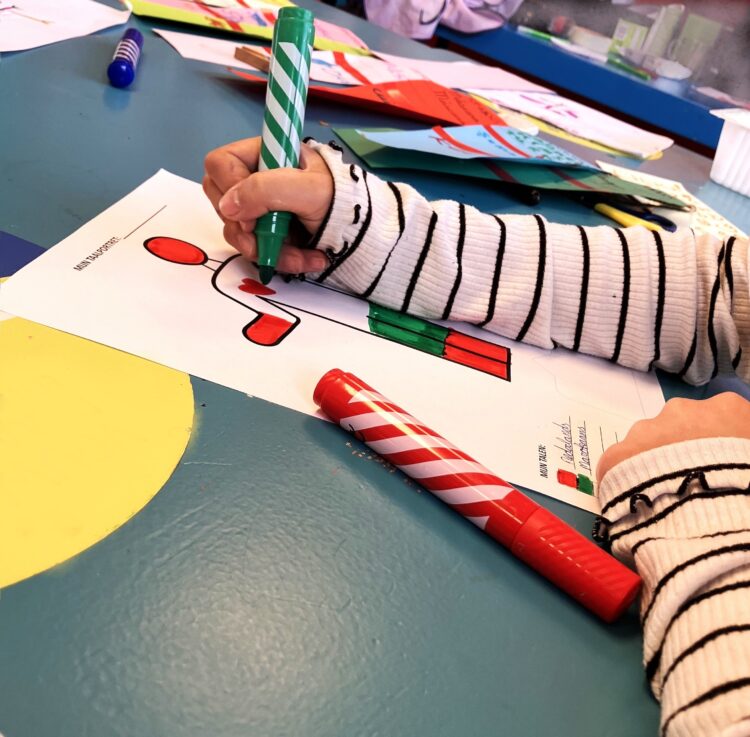
Both educators and caregivers can use this simple, yet powerful tool. At school or in a museum, creating language portraits with our students can be a first step towards welcoming linguistic diversity. Although this is not a language assessment tool, it allows children to offer a glimpse of the languages they know, how and when they use them, and how they feel about them. Educators can get an overview of the languages present in a group. Children can also find shared ties and interests with their peers and teachers, as well as learn to value difference. Displaying the portraits on a wall shows children that their entire linguistic and cultural backgrounds are important.
At home, families can create language portraits to share stories of uprooting and belonging, and to foster curiosity among all family members. Parents might ask: Ariana, how do you feel about speaking Polish? Would you consider going to a Polish heritage language program? In turn, children like Ariana might ask: Dad, what was it like for you to leave Poland and learn Dutch at 43?
The power of language portraits rests in their potential to foster conversations where people can feel seen, heard, and valued.
Mirona Moraru | Postdoctoral researcher, subproject ‘Boundary Crossing’.
Currently, this blog is only available in English and Dutch. To read it in another language we recommend using the translation tool DeepL.com.
